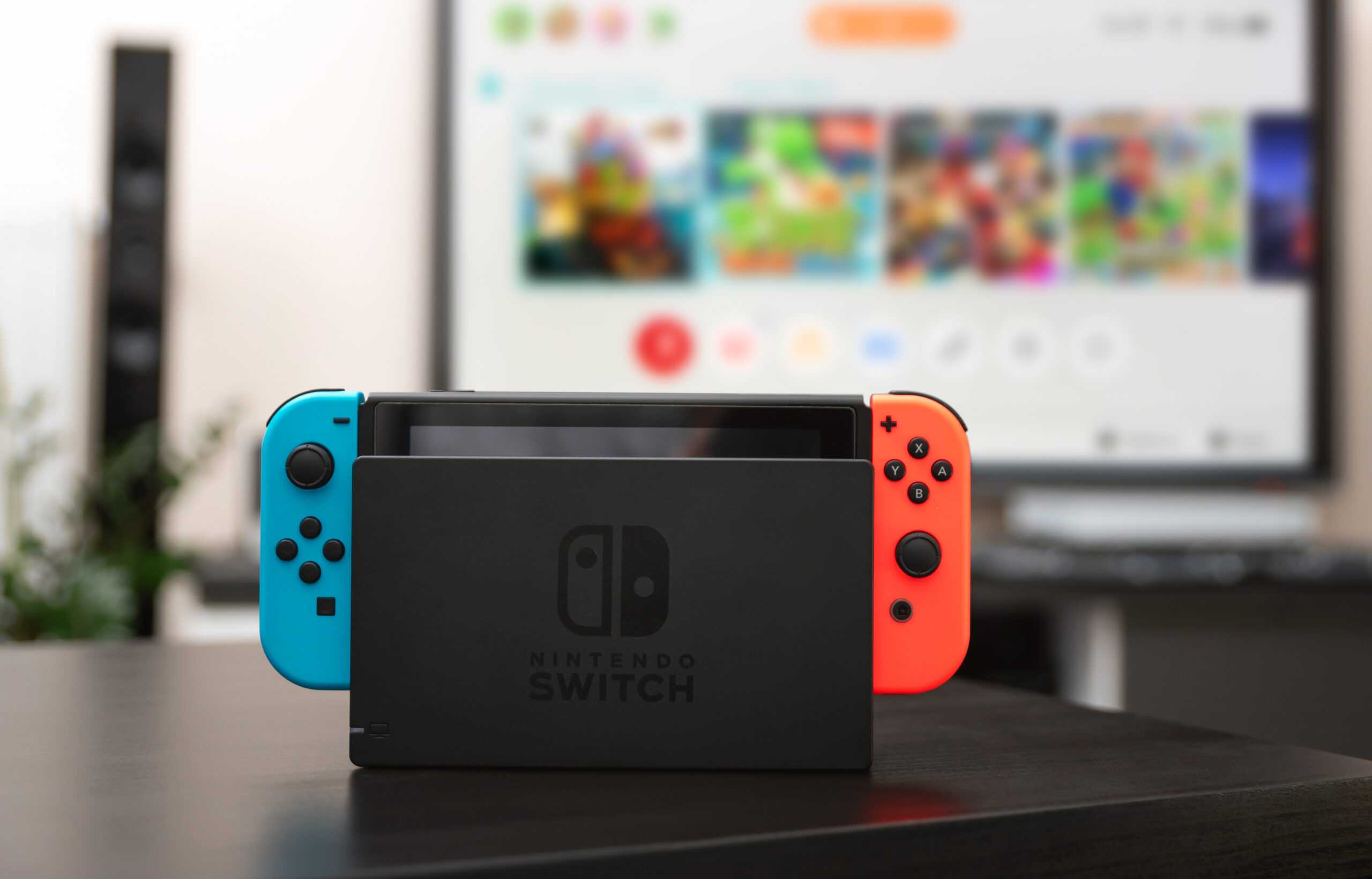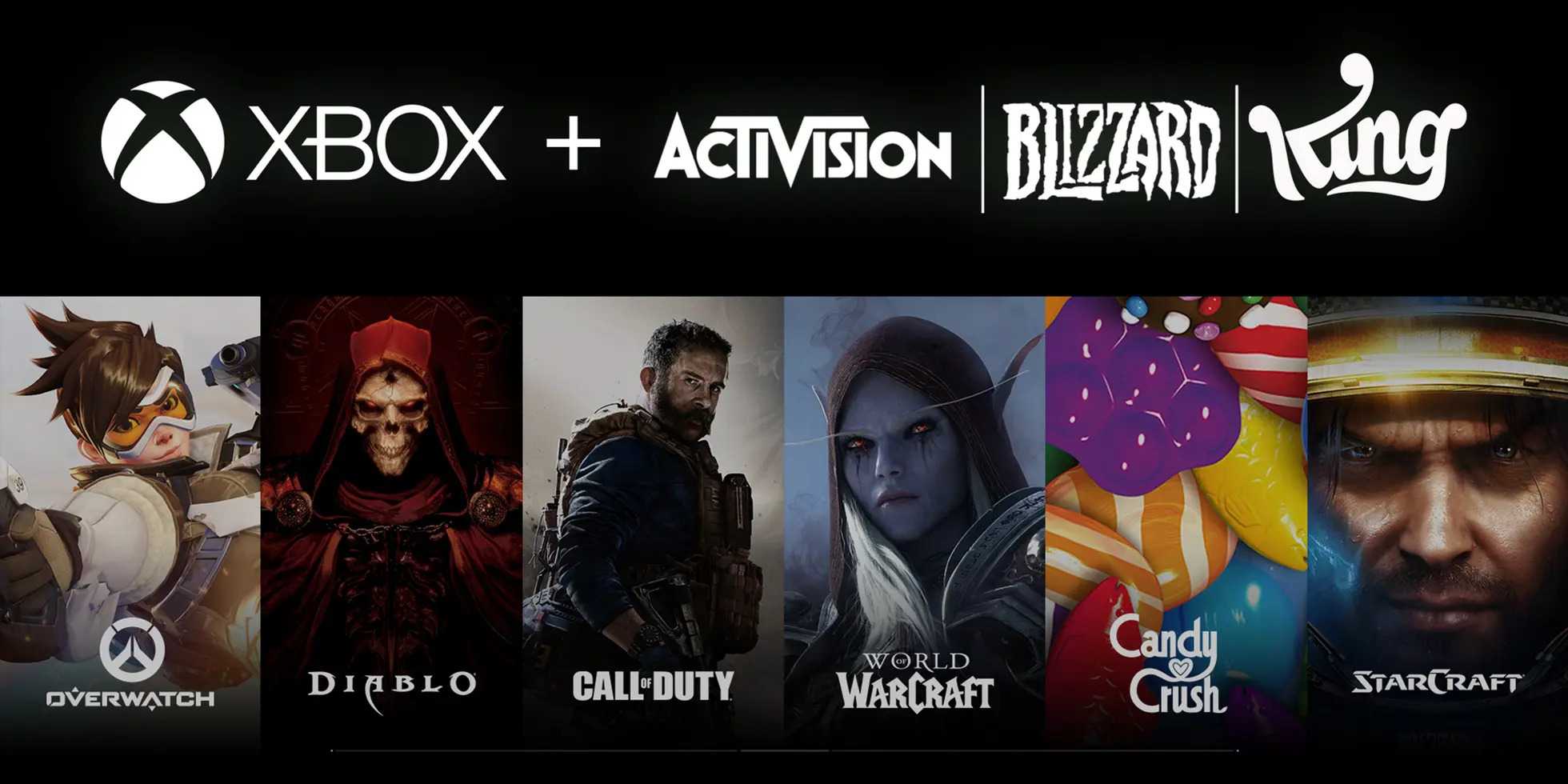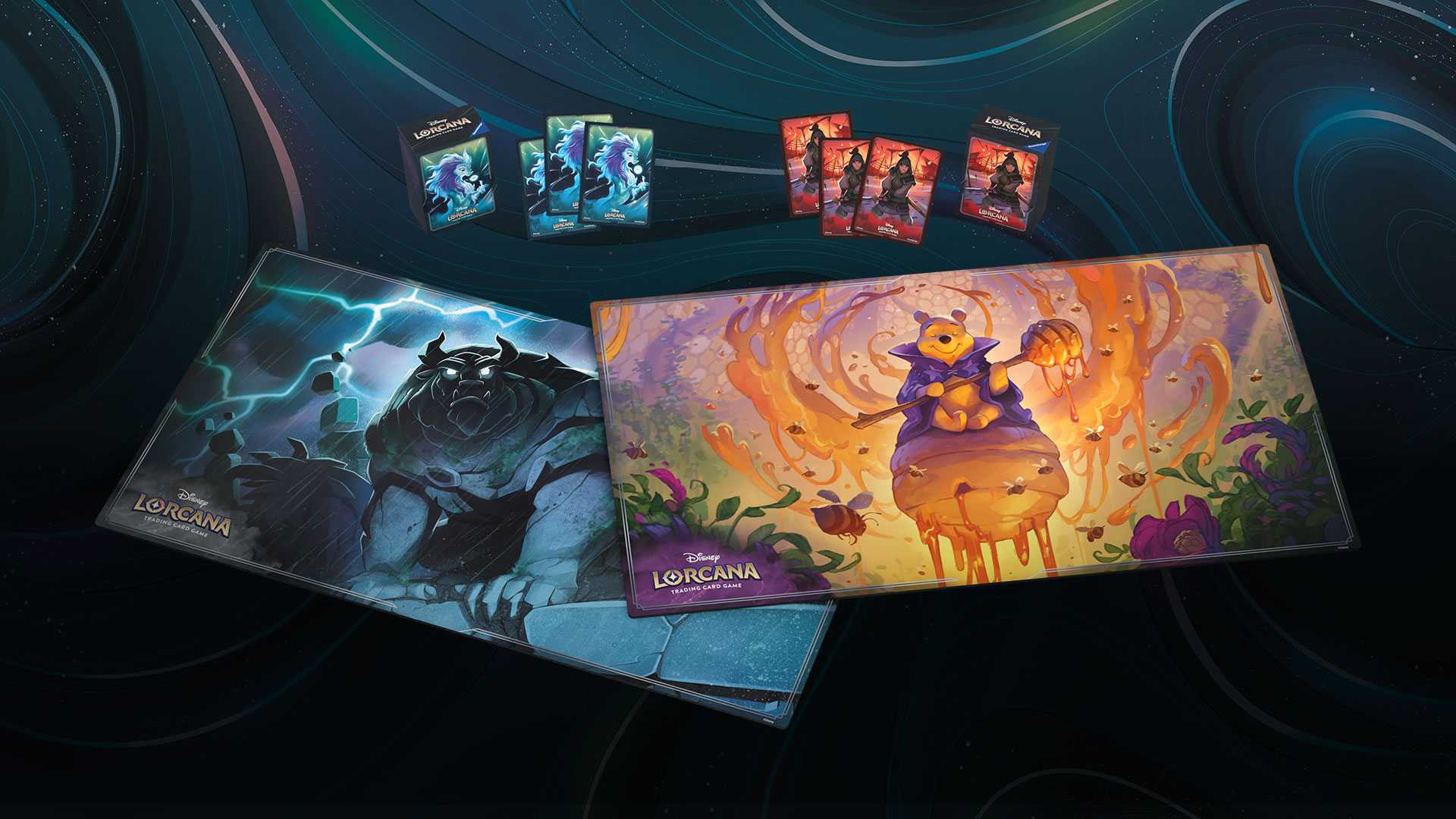While the newer consoles, PlayStation 5 and Xbox Series X/S, have grabbed the spotlight and Sony and Microsoft have struggled to keep up with demand (and semiconductor shortages), Nintendo’s Switch continues to be one of the most popular gaming machines on the market. In under five years since the hybrid console/portable launched, the system’s lifetime total has reached 103.54 million units shipped, officially surpassing the Wii (over 101 million), Nintendo announced at the start of February.
Nintendo has not been immune to the shortages plaguing the consumer electronics industry, however, and the company also reduced its fiscal year forecast for the Switch from 24 million to 23 million units sold by the end of March. Nintendo has been especially successful in its native Japan, where it sold 5.3 million units of the Switch during 2021, which is more than five times all the other consoles combined.
Nintendo has iterated on the Switch hardware a couple times in the last five years, introducing the more affordable Switch Lite model and the OLED model more recently. It’s the software, however, which keeps gamers coming back. On that front, it’s top-selling games like Mario Kart 8 Deluxe, Animal Crossing New Horizons, and Super Smash Bros. Ultimate that have driven Switch adoption. More recently, Pokémon Legends: Arceus is off to a great start, but many diehards are waiting for the much-anticipated Zelda: Breath of the Wild sequel, which does not yet have a concrete release date.
Anecdotally, one of the reasons for Nintendo’s immense success with the Switch is that families have gravitated towards the console, and in some cases, more than one Switch is purchased per household. At the same time, Nintendo has offered more serious gamers enough content to sate their appetites while also providing a wide breadth of games for more casual players. Whereas Microsoft and Sony typically appeal to a core base and then look to expand to a wider audience with their consoles, Nintendo has often taken the opposite approach.
Interpret’s New Media Measure® backs this up as well, as Nintendo Switch in the US has the greatest proportion of light gamers (those who play fewer than five hours weekly) and smallest number of heavy gamers (10+ hours weekly) compared to Xbox or PlayStation. Sony’s PlayStation is on the other end of the spectrum, with the greatest proportion of heavy gamers and the fewest light gamers, whereas Xbox sits right in between.







